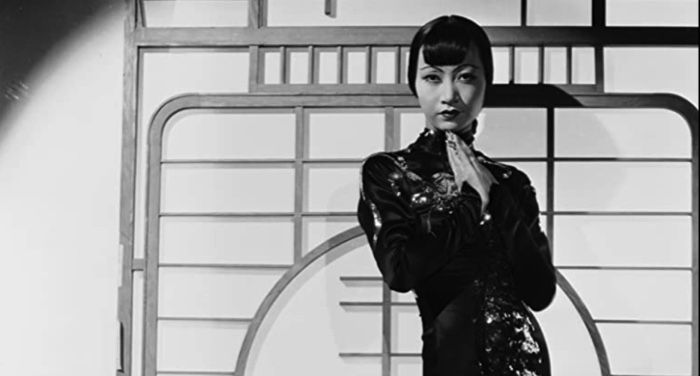
4 Books About Anna May Wong to Read After Watching HOLLYWOOD
Ryan Murphy’s Netflix miniseries Hollywood has met with much (deserved) criticism over its ham-fisted efforts at rewriting film history towards a vision of queer and racial inclusion. But the series is at least a good excuse to dig into any of several fascinating books about Anna May Wong, the first Chinese American Hollywood star. While Hollywood presents Wong (played by Michelle Krusiec) as more of a sentimental prop than a fully realized character, it does still bring some overdue mainstream attention to her along with other underappreciated figures, such as the Black American actresses Hattie McDaniel (played by Queen Latifah) and Dorothy Dandridge (on whom the character of Camille Washington, played by Laura Harrier, is based).
As an Asian woman, Wong had to contend with discrimination and racist typecasting for her entire career. Movies and television failed her when she was alive and continue to fail her now. Thankfully, a significant number of Asian American authors have stepped up to illuminate her life and contributions to the world of film.
Below are some books that are worth reading to get a more complete and interesting picture of Wong’s legacy.
 Shining Star: The Anna May Wong Story by Paula Yoo and Lin Wang
Shining Star: The Anna May Wong Story by Paula Yoo and Lin Wang
Shining Star: The Anna May Wong Story is a children’s book written by Paula Yoo, with gorgeous color illustrations by Lin Wang, that displays Wong’s life in a kid-friendly format. In an interview made available by the book’s publisher, Yoo explains that she sees Wong as a role model for young people due to her determination to push through obstacles and her willingness to learn from her mistakes.
 Delayed Rays of a Star by Amanda Lee Koe
Delayed Rays of a Star by Amanda Lee Koe
This ambitious novel by Amanda Lee Koe follows the fictionalized lives of three women who, in very different ways, made film history—Wong, the German actress Marlene Dietrich, and the Nazi propagandist Leni Riefenstahl. While the scope of the book is much larger than even the varied and sweeping landscapes of these women’s lives, it takes the time to craft a generous, complex portrait of Wong’s inner world as it could have been. Koe imagines a version of Wong’s life in which she had an affair with Dietrich (which theoretically could have happened, though rumors have remained unconfirmed), her costar in the film Shanghai Express.
 Anna May Wong: Performing the Modern by Shirley Jennifer Lim
Anna May Wong: Performing the Modern by Shirley Jennifer Lim
In a focused history of Wong’s life, Shirley Jennifer Lim places the star’s career in the larger context of evolving ideas of race and gender in the early days of film. Rather than presenting the actress as a tragic figure or an artist forced into a compromised position through the racist roles she was offered, Lim argues that Wong consciously “self-fashioned” an image for herself, and ultimately challenged Orientalist stereotypes.
“I see Wong as a versatile artist,” Lim writes. “[G]ame enough to produce bad performances of the oriental that undercut any notions of authenticity while vitally engaged with self-fashioning and presentation of self.” In her effort to show Wong in her surroundings as they were, Lim weaves her actions and experiences together with those of other marginalized performers of the time, such as Josephine Baker and Lupe Vélez.
 Oculus by Sally Wen Mao
Oculus by Sally Wen Mao
In her acclaimed poetry collection Oculus, Sally Wen Mao inhabits her own distinct version of Anna May Wong through a series of persona poems. In “The Toll of the Sea,” also the name of the 1922 silent film in which Wong made her debut as a leading character, Mao begins with a focus on the colors red and green (the two colors of the film’s Technicolor process), and proceeds to add new colors and possibilities to the poem, eventually landing on blue as “the color of our recovered narrative,” “the color of our reclaimed Pacific,” “the shore where the girl keeps living.”
In the poems that follow, Wong develops superhuman abilities that allow her to escape the limitations of her era. “Anna May Wong Fans Her Time Machine” alludes to how the actress was unable to be cast as a romantic lead due to laws that made it illegal for her to kiss someone of a different race on screen. Here, Wong declares that she’s bound for “the future, where I’m forgotten, / Where surely no one gives a fuck / who I kiss…”
While it may be debatable how much the above books capture the “real” Anna May Wong, they pay tribute to her in a way that Hollywood does not. They also essentially do what Lim suggests Wong herself did—use limited material to create something beyond the obvious, something that reframes her image and the narrative of her life, creating a space where, in Mao’s words, “the girl keeps living.”



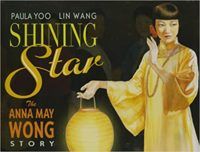 Shining Star: The Anna May Wong Story
Shining Star: The Anna May Wong Story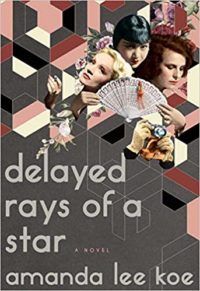 Delayed Rays of a Star
Delayed Rays of a Star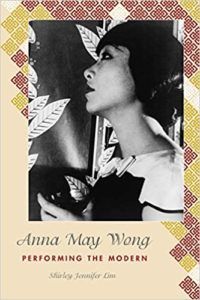 Anna May Wong: Performing the Modern
Anna May Wong: Performing the Modern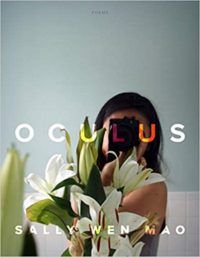 Oculus
Oculus













